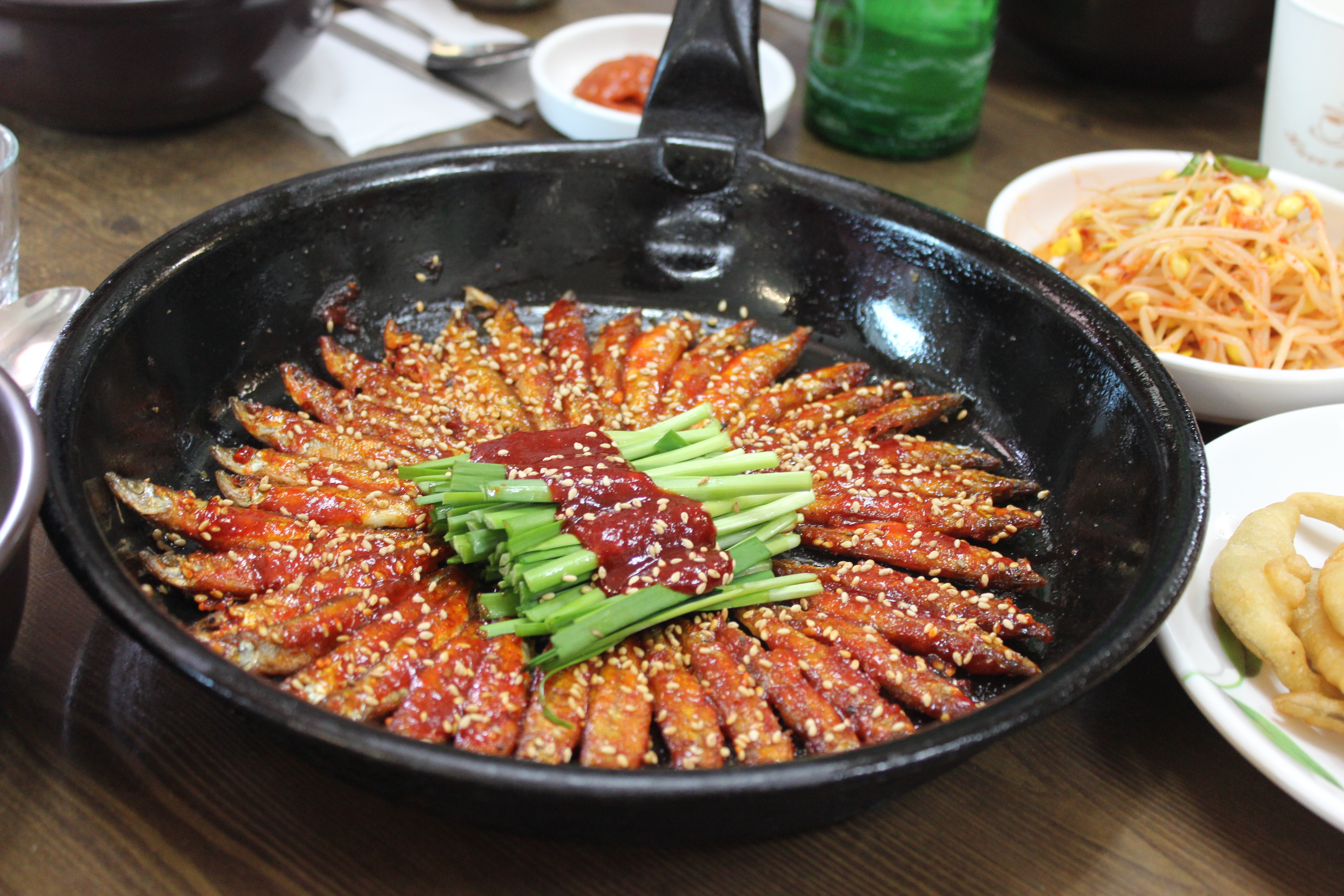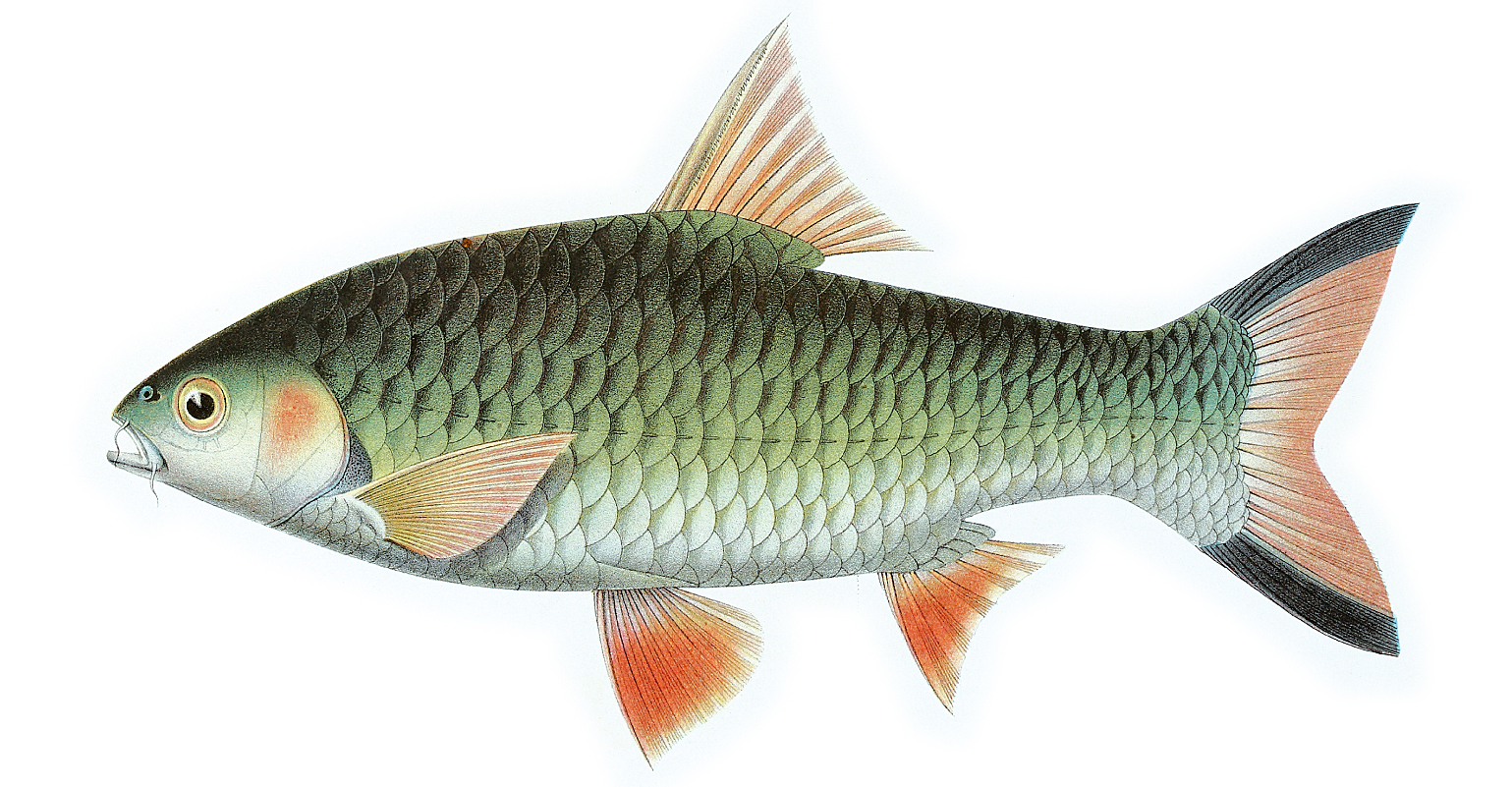|
Haplorchis Taichui
''Haplorchis taichui'' is a species of intestinal fluke in the family Heterophyidae. It is a human parasite. Distribution This species occurs in: Taiwan, the Philippines, Bangladesh, India, Sri Lanka, Palestine, Iraq, Egypt, Malaysia, Thailand, Laos, Vietnam, and South China. Life cycle The first intermediate hosts of ''Heterophyes nocens'' include freshwater snails '' Melania obliquegranosa'', '' Stenomelania juncea'', and ''Melanoides tuberculata''. The second intermediate host include freshwater fish: '' Cyclocheilichthys repasson'', goldfish ''Carassius auratus'', ''Cyprinus carpio'', ''Gambusia affinis'', ''Hampala dispar'', ''Labiobarbus leptocheilus'', ''Puntius binotatus'', ''Puntius brevis'', '' Puntius gonionotus'', Javean barb, '' Barbodes palata'', ''Pseudorasbora parva'', ''Rhodeus ocellatus'', '' Zacco platypus'', ''Raiamas guttatus'', '' Mystacoleucus marginatus'', and Siamese mud carp ''Henicorhynchus siamensis''. Natural definitive hosts are fish-eating anima ... [...More Info...] [...Related Items...] OR: [Wikipedia] [Google] [Baidu] |
Animal
Animals are multicellular, eukaryotic organisms in the Kingdom (biology), biological kingdom Animalia. With few exceptions, animals Heterotroph, consume organic material, Cellular respiration#Aerobic respiration, breathe oxygen, are Motility, able to move, can Sexual reproduction, reproduce sexually, and go through an ontogenetic stage in which their body consists of a hollow sphere of Cell (biology), cells, the blastula, during Embryogenesis, embryonic development. Over 1.5 million Extant taxon, living animal species have been Species description, described—of which around 1 million are Insecta, insects—but it has been estimated there are over 7 million animal species in total. Animals range in length from to . They have Ecology, complex interactions with each other and their environments, forming intricate food webs. The scientific study of animals is known as zoology. Most living animal species are in Bilateria, a clade whose members have a Symmetry in biology#Bilate ... [...More Info...] [...Related Items...] OR: [Wikipedia] [Google] [Baidu] |
Cyprinus Carpio
The Eurasian carp or European carp (''Cyprinus carpio''), widely known as the common carp, is a widespread freshwater fish of eutrophic waters in lakes and large rivers in Europe and Asia.Fishbase''Cyprinus carpio'' Linnaeus, 1758/ref>Arkive The native wild populations are considered Vulnerable species, vulnerable to extinction by the International Union for Conservation of Nature (IUCN), but the species has also been Domestication, domesticated and Introduced species, introduced (see aquaculture) into environments worldwide, and is often considered a destructive invasive species, being included in the list of the world's 100 worst invasive species. It gives its name to the carp family, Cyprinidae. Taxonomy The two subspecies are: * ''Cyprinus carpio carpio'', native to much of Europe (notably the Danube and Volga rivers)Jian Feng Zhou, Qing Jiang Wu, Yu Zhen Ye & Jin Gou Tong (2003). Genetic divergence between ''Cyprinus carpio carpio'' and ''Cyprinus carpio haematopterus'' as a ... [...More Info...] [...Related Items...] OR: [Wikipedia] [Google] [Baidu] |
Mystacoleucus Marginatus
Mystacoleucus obtusirostris is a species of ray-finned fish, found in freshwater habitats in Southeast Asia, notably in Thailand in the Mekong River, Chao Phraya River, and Mae Klong River. It is exploited in subsistence fishing Artisanal fishing (or traditional/subsistence fishing) consists of various small-scale, low-technology, low-capital, fishing practices undertaken by individual fisherman, fishing households (as opposed to commercial fishing). Many of these househ .... References External links Fishbase entry Fish of Thailand Fish described in 1842 {{Cyprinidae-stub ... [...More Info...] [...Related Items...] OR: [Wikipedia] [Google] [Baidu] |
Raiamas Guttatus
The Burmese trout (''Raiamas guttatus'') is a species of ray-finned fish in the genus ''Raiamas''. They are found in the Irrawaddy, Mekong, Chao Phraya, Salween River basins and also in the northern Malay Peninsula The Malay Peninsula (Malay: ''Semenanjung Tanah Melayu'') is a peninsula in Mainland Southeast Asia. The landmass runs approximately north–south, and at its terminus, it is the southernmost point of the Asian continental mainland. The area .... References Burmese trout Freshwater fish of Southeast Asia Fish of Myanmar Burmese trout {{Cyprinidae-stub ... [...More Info...] [...Related Items...] OR: [Wikipedia] [Google] [Baidu] |
Zacco Platypus
The pale chub, (''Zacco platypus''), also known as pale bleak or fresh-water sprat, is a species of fish native to rivers and streams from northern China and Korea to northern Vietnam. They can grow up to but usually grow up to . Its diet consists of zooplankton, invertebrates, fish, and debris. ''Zacco platypus'' Is called Oikawa オイカワ(追河、Opsariichthys platypus)in Japan Japan ( ja, 日本, or , and formally , ''Nihonkoku'') is an island country in East Asia. It is situated in the northwest Pacific Ocean, and is bordered on the west by the Sea of Japan, while extending from the Sea of Okhotsk in the north .... Description The pale chub has a moderately large head with moderately large eyes that are located on the upper side of the head. They have a large mouth, so much so that the posterior end of the jaw reaches the anterior part of the eye. The pale chub has an elongated body that is more compressed at the posterior end. Their maximum length is 20& ... [...More Info...] [...Related Items...] OR: [Wikipedia] [Google] [Baidu] |
Rhodeus Ocellatus
The rosy bitterling or Tairiku baratanago (''Rhodeus ocellatus'') is a small freshwater fish belonging to the family Cyprinidae (carp), native to East Asia from the Amur River basin to the Pearl River (China), Pearl River basin. Females are about long and males are . Their bodies are flat with an argent-colored luster. However, males change to a reddish (sometimes purple) color during the spawning season (March to September) which functions to attract females. This reddish color is similar to the color of a red rose, which is why it is called a rosy bitterling. Ecology and reproductive system Rosy bitterlings live in ponds (reservoirs) where freshwater mussels are abundant. Farm ponds are an important habitat for not only rosy bitterlings, but also mussels and plankton. Freshwater mussels play an important role in rosy bitterling reproduction. The female rosy bitterling has a unique pipe about the same length as its own body, used for laying eggs on a specific spot of mussels. ... [...More Info...] [...Related Items...] OR: [Wikipedia] [Google] [Baidu] |
Pseudorasbora Parva
The stone moroko (''Pseudorasbora parva''), also known as the topmouth gudgeon, is a fish belonging to the Cyprinid family, native to Asia, but introduced and now considered an invasive species in Europe and North America. The fish's size is rarely above 8 cm and usually 2 to 7.5 cm long. Invasive species In Europe, ''P. parva'' is included since 2016 in the list of Invasive Alien Species of Union concern (the Union list). This implies that this species cannot be imported, bred, transported, commercialized, or intentionally released into the environment in the whole of the European Union. The fish was introduced in the 1960s into ponds in Nucet, Dâmbovița County, Romania and it made its way into Danube, then spreading throughout Europe. They pose danger to other species such as the sunbleaks (''Leucaspius delineatus''). They are the carrier of a parasite (''Sphaerothecum destruens'') that is not damaging to the topmouth gudgeon, but attacks other fishes like the sun ... [...More Info...] [...Related Items...] OR: [Wikipedia] [Google] [Baidu] |
Barbodes Palata
''Barbodes palata'' is an extinct species of cyprinid fish endemic to Lake Lanao, Mindanao, the Philippines. This species reached a length of TL. It was a commercially Commerce is the large-scale organized system of activities, functions, procedures and institutions directly and indirectly related to the exchange (buying and selling) of goods and services among two or more parties within local, regional, nation ... important species to the local peoples. References palata Cyprinid fish of Asia Freshwater fish of the Philippines Endemic fauna of the Philippines Fauna of Mindanao Fish described in 1924 {{Cyprininae-stub ... [...More Info...] [...Related Items...] OR: [Wikipedia] [Google] [Baidu] |
Javean Barb
The Javaen barb (''Systomus rubripinnis''), is a species of cyprinid fish native to Southeast Asia. It can reach a length of SL and is of minor importance to local commercial fisheries. Identification Can reach a total length of 25 cm but is more common at half that size.31-34 lateral scales. Red caudal fin with a black marginal stripe along each lobe. A black spot at the base of the caudal fin. Young individuals may exhibit black lateral lines along the body. Genetic variability is well documented, the species can vary in appearance somewhat depending on locality with a number of variants recognized, some of which exhibit a greater degree or lack of red color pattern in the finnage. Habitat Can be found in rivers, but mainly in smaller streams, canals and on floodplains(during breeding season). Occasionally found in impoundments, but usually stays in the flowing streams leading to the impoundment. During breeding season, adults will move into seasonally inundated a ... [...More Info...] [...Related Items...] OR: [Wikipedia] [Google] [Baidu] |
Puntius Gonionotus
The Java barb (''Barbonymus gonionotus''; th, ตะเพียน ''Ta-phian''; Lao: ''Pa keng''; km, ត្រីឆ្ពិន ''Trey Chpin''; id, Tawes; Vietnamese: ''Mè Vinh'' ), more commonly known as silver barb in aquaculture, is a species of ray-finned fish in the genus ''Barbonymus''. Description The Java barb has a strongly compressed body with an elevated back caused by an arched dorsal profile. It has a small head with a short, pointed snout and a terminal mouth, the snout's length is less than the diameter of the eye. It has very small barbels, with the upper barbels being minute, even disappearing entirely. The colour of fresh specimens is silvery white, occasionally tinted with gold. The dorsal and caudal fins are grey to grey-yellow while the anal and pelvic fins are pale orange with reddish tips and the pectoral fins are pale yellow. It has very few tubercles on the snout and these are only visible when magnified. The dorsal fin has four spines and ei ... [...More Info...] [...Related Items...] OR: [Wikipedia] [Google] [Baidu] |
Puntius Brevis
''Puntius brevis'', sometimes known as the swamp barb (although ''Puntius chola'' is also known by that name), is a species of ray-finned fish Actinopterygii (; ), members of which are known as ray-finned fishes, is a class of bony fish. They comprise over 50% of living vertebrate species. The ray-finned fishes are so called because their fins are webs of skin supported by bony or h ... in the genus ''Puntius''. It is found in the Mekong and Chao Phraya basins. ''Puntius spilopterus'' is sometimes considered conspecific. This fish is one of the identified hosts of ''Opisthorchis viverrini'', the Southeast Asian liver fluke.JSTOR. References Puntius Taxa named by Pieter Bleeker Fish described in 1850 Barbs (fish) {{puntius-stub ... [...More Info...] [...Related Items...] OR: [Wikipedia] [Google] [Baidu] |
Puntius Binotatus
''Barbodes binotatus'', commonly known as the spotted barb or common barb, is a tropical species of cyprinid fish endemic to Java, Indonesia. Description Its color in life varies from a silvery gray to greenish gray, darker dorsally and paler or nearly white on its throat and belly. It has a bar behind the operculum on its shoulder. On large fish, body markings (spots or band) may be absent, except for the spot on the caudal base. It has a round, broad-tipped snout equal to or slightly larger than the eye. The fish will grow in length up to 7.75 inches (20.0 cm). Distribution and habitat The species was previously thought to have a much wider native range in Southeast Asia, but it is now known that ''B. binotatus'' '' sensu stricto'' is restricted to the island of Java in Indonesia. All other descriptions of ''B. binotatus'' ''sensu lato'' in other areas of Southeast Asia are either mistaken identifications of similar species or undescribed taxa superficially similar t ... [...More Info...] [...Related Items...] OR: [Wikipedia] [Google] [Baidu] |



